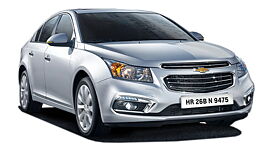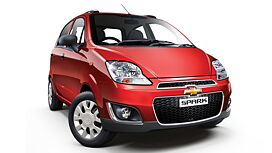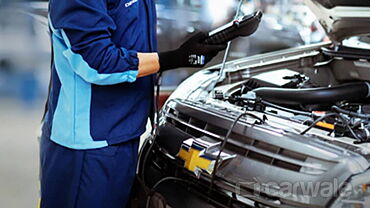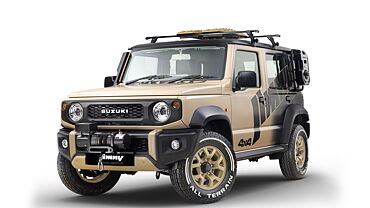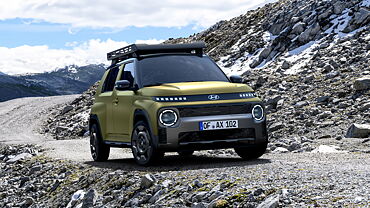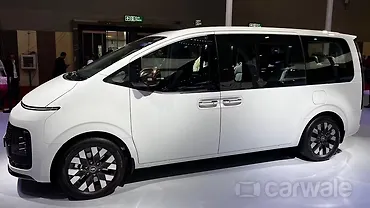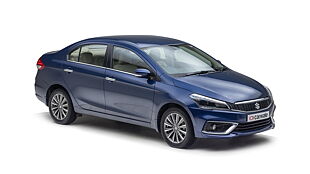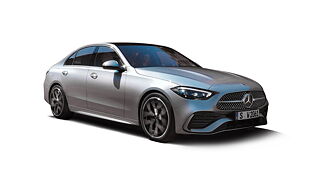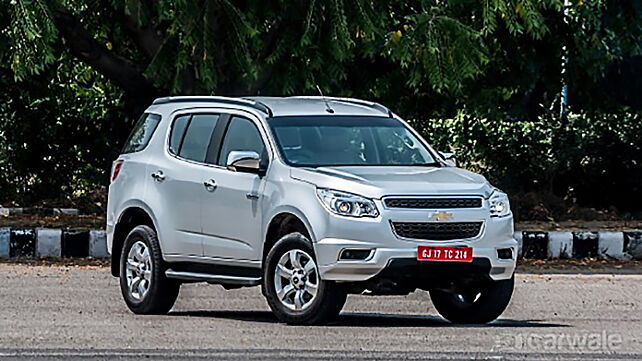
General Motors better known as GM is one of the biggest car makers in the world more often than not, fighting for the top slot in global sales. The American car maker entered India in 1996 and after 21 years, they are all set to pull out of the Indian car market for good now. We take you through the years, bringing to you the cars that GM brought in, some of which have carved a special place in our hearts.
GM started its India innings with Opel – the German car brand. The Opel Astra was the first modern German sedan to hit Indian shores and it did get its share of attention when it made its way to Indian batting legend Sachin Tendulkar’s garage after the ’96 World Cup. The Astra was soon joined by the Opel Corsa, which at 4056mm could have very well become been India’s first compact sedan. Then came the Opel Corsa Sail - the hatchback and the Opel Swing estate. Opel also sold the Vectra, a premium D-segment sedan that competed with the Honda Accords and the Ford Mondeos in India.
General Motors entered India in joint venture with Hindustan Motors in the mid-nineties to build cars at a new facility in Halol, Gujarat. They started off building Opels and in 1999, GM bought out HM’s interest. While the Opel cars were advanced in terms of engineering, the complex systems created service issues that were expensive to fix. With manufacturers like Tata, Honda and Hyundai picking up pace with their affordable machines, the Opels slowly faded into oblivion.

By the time, we entered the new millennium, Opel sales had already started waning and General Motors responded by introducing a new brand altogether – Chevrolet. As a brand, Chevrolet had a 100 year history and the Optra was the first bow-tie to enter India. The Optra was already considered a premium sedan as compared to the City or the Accent owing to its sturdy build and size. After a couple of updates to the Optra, we got the Optra Royale, an almost D-segment offering back in 2006. And then there was one car which will remain close to the hearts of enthusiasts. The Chevrolet Forrester that was launched in India back in 2003-04 was a rebadged Subaru with the boxer engine, four-wheel drive and everything we could dream of.
In spite of newer, larger cars, Chevrolet could never really rein in the after-sales costs and the unavailability of spares, piled on to the woes. That is when Chevrolet decided to try its luck in the budget segment as well and introduced the Chevy Spark – a remodelled Daewoo Matiz. GM had acquired Daewoo’s car business after the Korean major went bankrupt. The Spark, with its adorable looks and petite dimensions, started off well. It then introduced the Chevrolet Beat to India. The Beat was a funky, modern design and was received well by Indian buyers. The frugal engines and good build worked in the favour of these small cars.
In the premium segment, Chevrolet introduced two more Americans, the Cruze sedan and the Captiva SUV. The Cruze, when it was launched, was the most powerful sedan that you could buy in India while the Captiva had the Endeavour and the Pajero to fend off. Since their launch, the Cruze as well as the Captiva have remained the same cars except for a few cosmetic nips and tucks. So, given the way the Indian market has evolved in the last ten years, it comes as no surprise that these cars got outdated. The failure to update their cars and bring in new technologies has cost GM dear, as it was one of the primary reasons that led to its downfall.

Apart from strategic failure, there was another reason that GM was in a bad fix - the emission scandal in 2013. This is similar to the Dieselgate for which Volkswagen had to pay billions of dollars in penalties. In spite of selling older engines with higher emissions in over one lakh units of their popular SUV Tavera when the emission regulations changed, Chevrolet got away with a paltry Rs 2.3 crore penalty. But, the car maker lost its credibility and Karl Slim, its CEO back then had to quit after firing over 25 employees who were blamed for the fraud.
After trying out German cars, followed by Americans and Koreans, Chevrolet’s final attempt at resurrection was led by its Chinese partners SAIC. The Chevrolet Sail sedan and the Sail U-VA hatchback were launched in 2013. In spite of the three-year maintenance guarantee, the new Sails weren’t able to gather wind as their Chinese roots created rather unfounded apprehensions about their build quality and safety.
At the Auto Expo 2016, Chevrolet displayed the Beat Cross and the Essentia as their future products to join the Trailblazer SUV that it had launched a few months ago. In spite of both the cars being production ready, Chevrolet missed the bus by not going ahead and launching their new range of products. It is sad to see GM wrapping up their sales operations in India as we will have to abandon our dreams of ever being able to drive the Camaros, the Corvettes and the Hellcats.
General Motors’ India sojourn is a perfect case study of how flawed strategies and lack of control over its employees can lead to the downfall of a global giant in a new or even an established market. General Motors were really slow in learning from their mistakes and learning about the changing trends, something that any enterprise has to do no matter how big they are.

